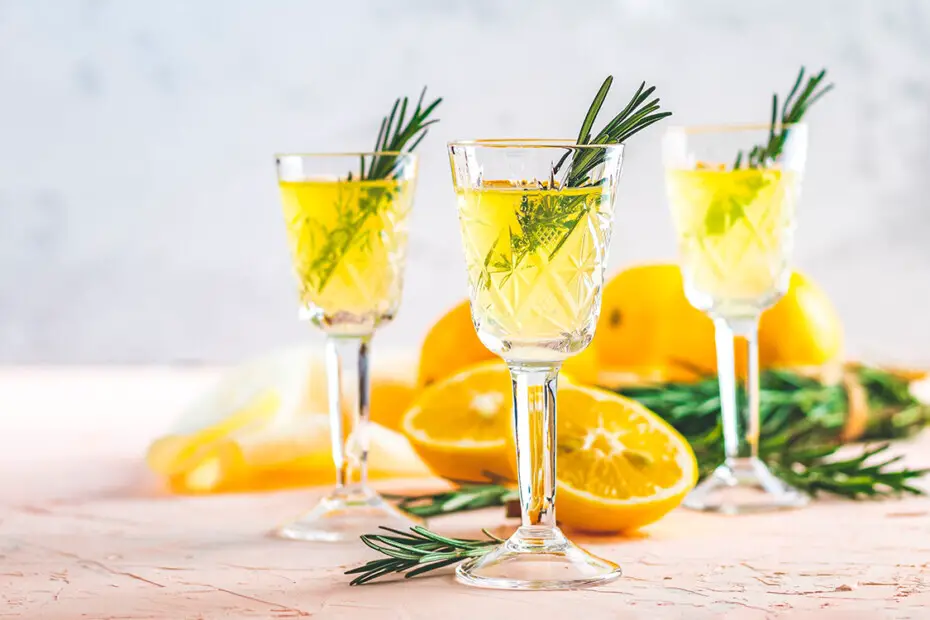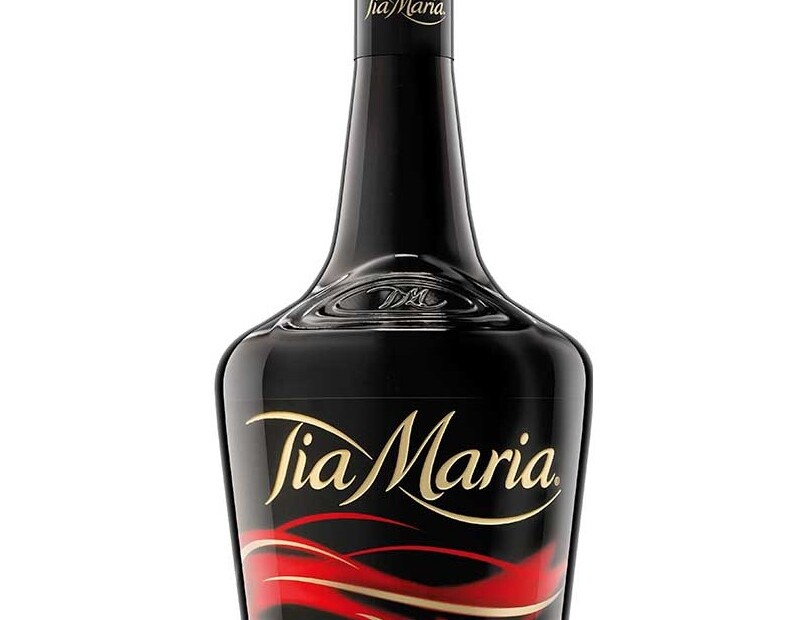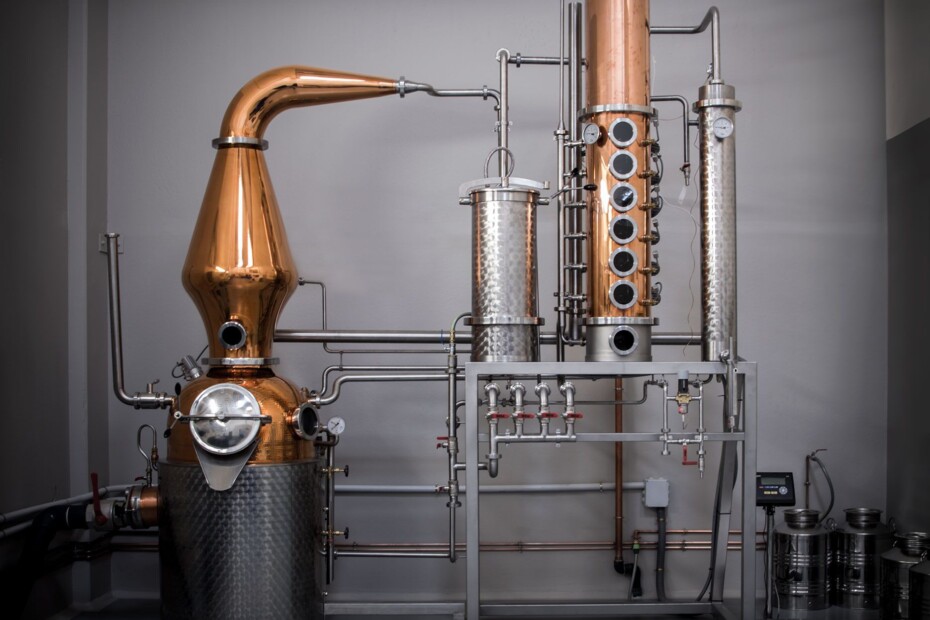Benefits of Italian digestive liqueurs Do you want to know which are the Italian digestive liqueurs? Italy is one of the European countries where delicious digestive liqueurs are produced, which are usually part of the gastronomic culture of each of its inhabitants.
The tradition of Italian liqueurs dates back to the Middle Ages, when mixtures of herbs, spices and fruits with alcohol and sugar were used to cure different diseases that afflicted the population. Nowadays, Italy produces a remarkable number of digestive liqueurs that are ideal to enjoy after a good meal.
En esta nota, encontraras lo siguiente
+9 Italian digestive liqueurs you should know about
For Italians, it is very typical to close a meal on a high note, which is why they always enjoy a delicious digestive made by them that helps them to digest what they have eaten. And that is why important liqueurs have emerged as part of Italy’s idiosyncrasy. Come with us to discover which are those Italian digestive liqueurs that you cannot miss when you visit this beautiful country.
Limoncello
Limoncello is one of the Italian digestive liqueurs par excellence that you should never miss. It is obtained by macerating lemon peel and other citrus fruits in alcohol, mixed with a syrup of water and sugar. 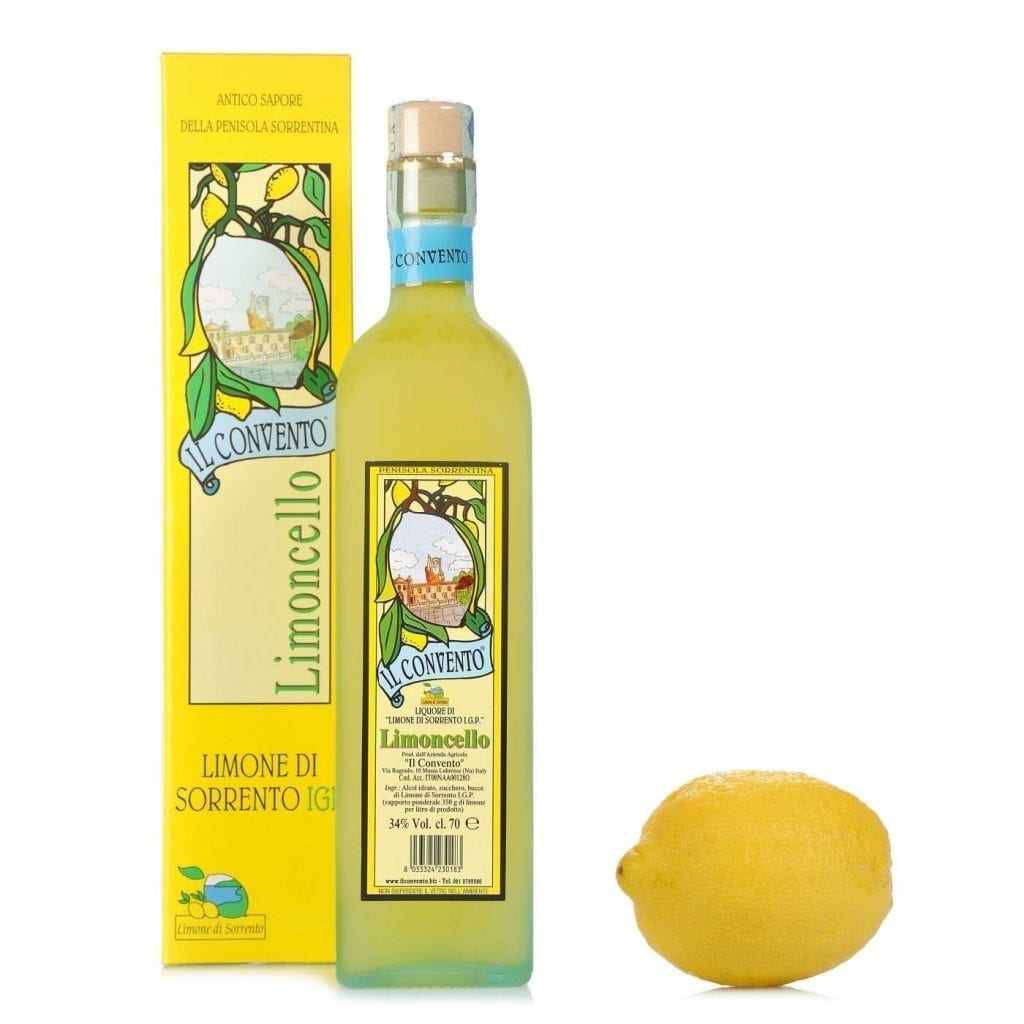 It is nothing more and nothing less than a typical product of the Campania region, made from lemons grown on the Amalfi Coast, in the Gulf of Salerno. It is currently produced in areas such as Sorrento, Capri, Procida, and of course the Amalfi Coast.
It is nothing more and nothing less than a typical product of the Campania region, made from lemons grown on the Amalfi Coast, in the Gulf of Salerno. It is currently produced in areas such as Sorrento, Capri, Procida, and of course the Amalfi Coast.
Limoncello has an alcoholic content that varies between 30% and 34%, it is a drink that is characterized by its refreshing and classic yellow color. It is usually drunk very cold as a digestive at the end of a large meal, and is also often used in confectionery.
Strega
Strega is an Italian digestive liqueur made since 1860 with more than 70 herbs and spices, which probably makes it the oldest and best-known Italian liqueur in the world. 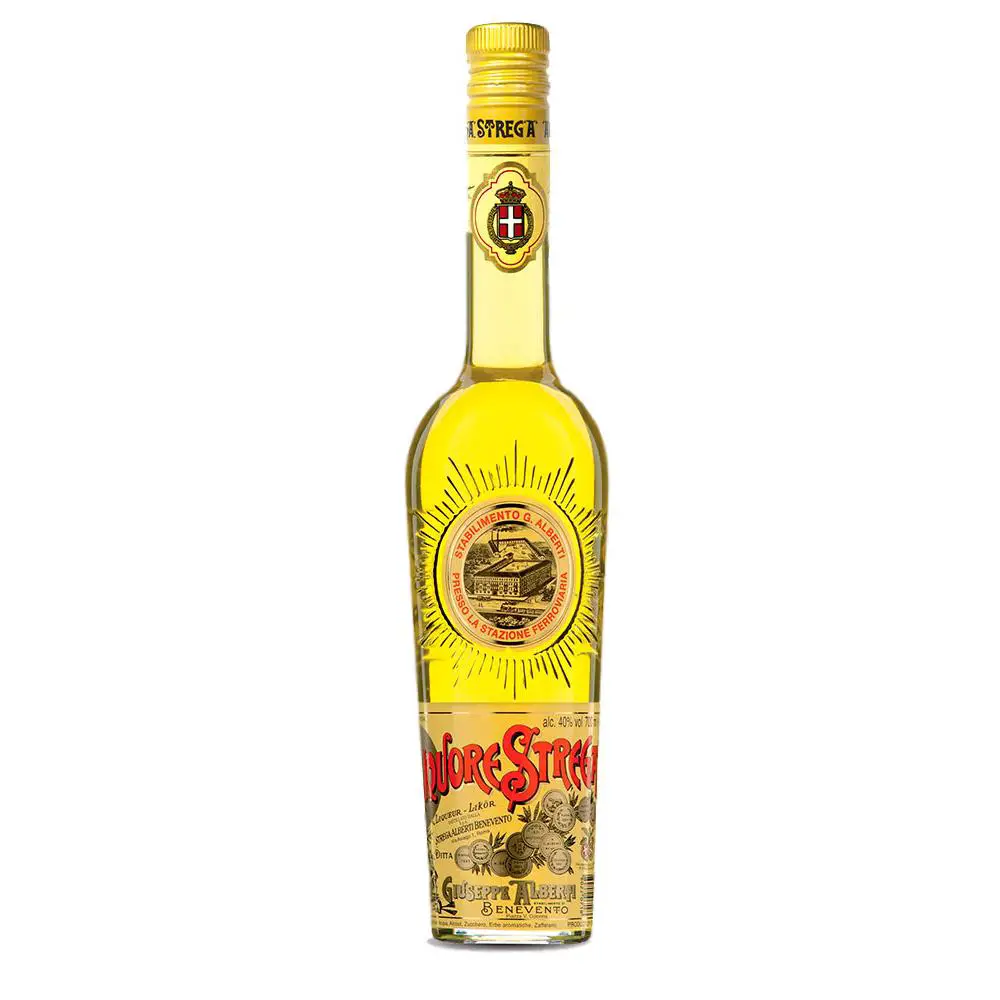 Legend has it that the witches of Benevento created a secret potion that could unite couples eternally, hence this incredible drink that is usually consumed after a good meal, who drink it in a very cold glass.
Legend has it that the witches of Benevento created a secret potion that could unite couples eternally, hence this incredible drink that is usually consumed after a good meal, who drink it in a very cold glass.
It is born from the distillation in small stills of a broth composed of 70 herbs and spices that come from countries in Europe, Central America and the East, and although its formula is a well-kept secret by the Aberti family, it is known that its ingredients include Ceylon Cinnamon, Florentine Liz Flower, Jamaican Pepper, Gin from the Italian Apennines, and Jungle Mint.
The Strega has 40% alcohol and a beautiful yellow color that is obtained thanks to the saffron that it carries within its preparation. Its flavor is strong, powerful and totally herbaceous.
Amaro
Amaro is an Italian digestive liqueur that is usually drunk after meals. It is characterized for being bitter and sweet, sometimes syrupy, with an alcohol content between 16% and 35%. 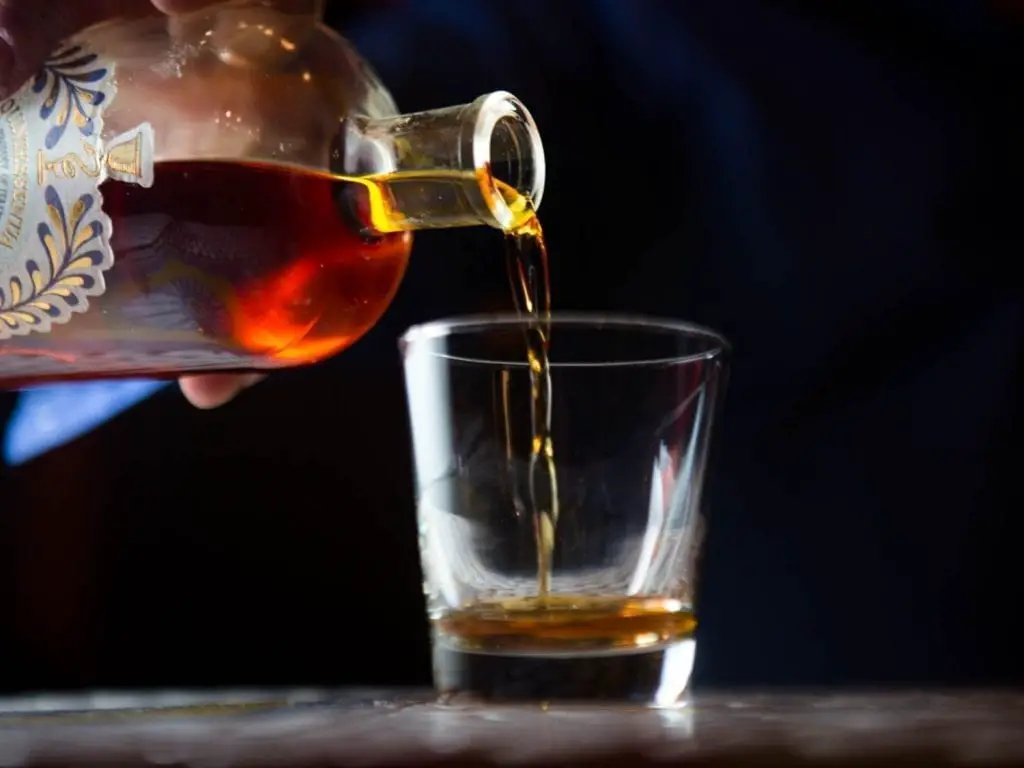 Amaro is usually produced by macerating herbs, roots, flowers, peels and citrus peel in alcohol, mixing with syrup after filtering and allowing the mixture to age in a cask or bottle.
Amaro is usually produced by macerating herbs, roots, flowers, peels and citrus peel in alcohol, mixing with syrup after filtering and allowing the mixture to age in a cask or bottle.
Generally, amaro includes among its ingredients gentian, angelica and cinchona, as well as lemon balm, verbena, juniper, anise, fennel, turmeric, ginger, mint, thyme, sage, bay leaf, citrus peel, among many others. Amaretto is usually drunk as a digestif with ice and a piece of lemon, or mixed with tonic, depending on the person’s taste.
Amaretto
Amaretto is one of the most well-known Italian digestive liqueurs both inside and outside the country, and it is characterized for being sweet and made with almonds. 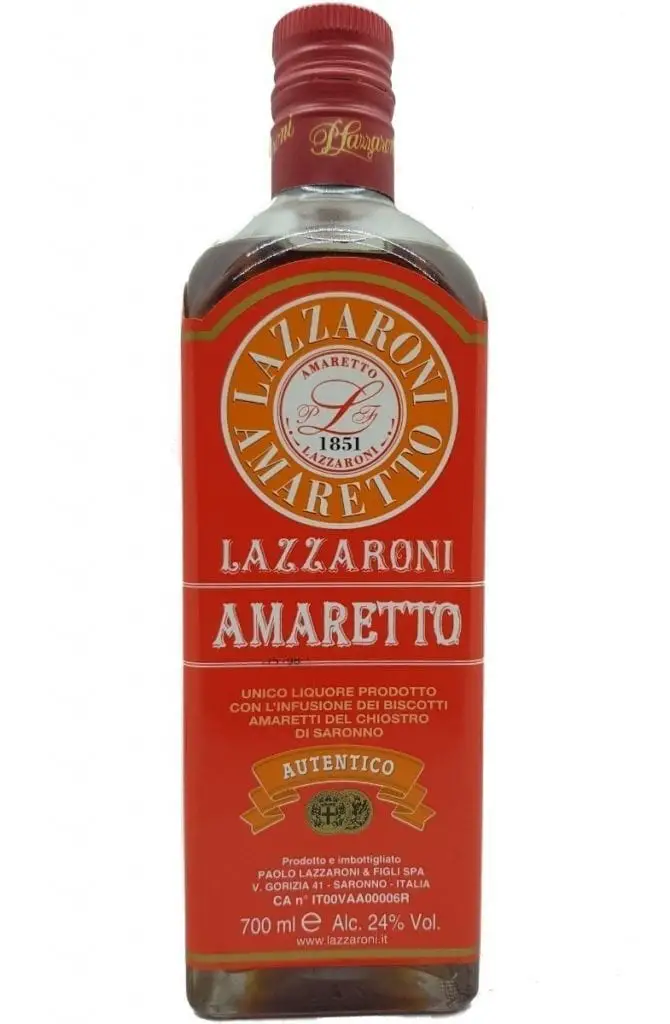 Originally from Saronno in northern Italy, amaretto combines the sweetness of apricot pits with the bitterness of almonds, which are accompanied by pure alcohol, caramelized sugar and the essence of seventeen aromatic plants and fruits, including vanilla.
Originally from Saronno in northern Italy, amaretto combines the sweetness of apricot pits with the bitterness of almonds, which are accompanied by pure alcohol, caramelized sugar and the essence of seventeen aromatic plants and fruits, including vanilla.
It has an alcohol content of between 25% and 30% and a nice amber color, its aroma and almond flavor make it special and perfect for digesting a meal. It is usually drunk after meals on its own or with ice, but it can also be used as an ingredient in the preparation of different desserts.
Frangelico
Frangelico is an Italian liqueur that is usually drunk after dinner. It is a delicacy made from hazelnuts, cocoa, coffee, vanilla, sugar and herbs, which gives it a sweet and delicate flavor. 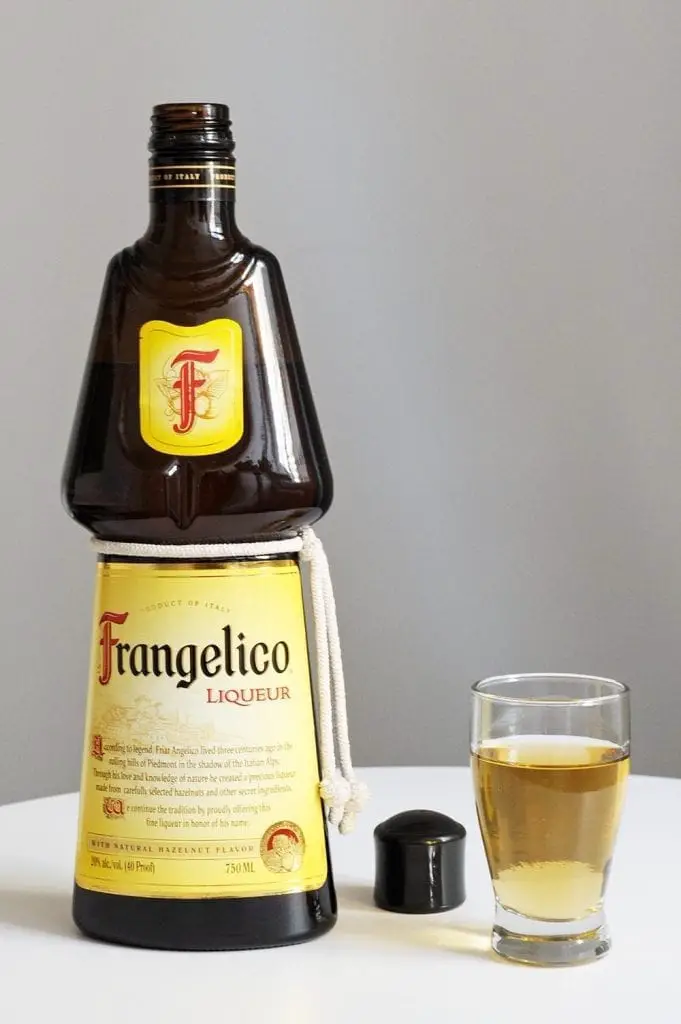 Its origin goes back more than 300 years, and comes from the hand of the Franciscan monks who lived in a hermitage in Piedmont, everything seems to indicate that they are responsible for its existence. The frangelico has an alcoholic content of 28% and has an interesting light golden color, flavor and aroma of hazelnuts that invites to be tasted, it is usually combined with coffee or drunk alone with ice.
Its origin goes back more than 300 years, and comes from the hand of the Franciscan monks who lived in a hermitage in Piedmont, everything seems to indicate that they are responsible for its existence. The frangelico has an alcoholic content of 28% and has an interesting light golden color, flavor and aroma of hazelnuts that invites to be tasted, it is usually combined with coffee or drunk alone with ice.
Myrtle
Myrtle is an Italian digestive liqueur made in Sardinia with myrtle berries, a typical plant of the Mediterranean scrubland, which is macerated in alcohol. 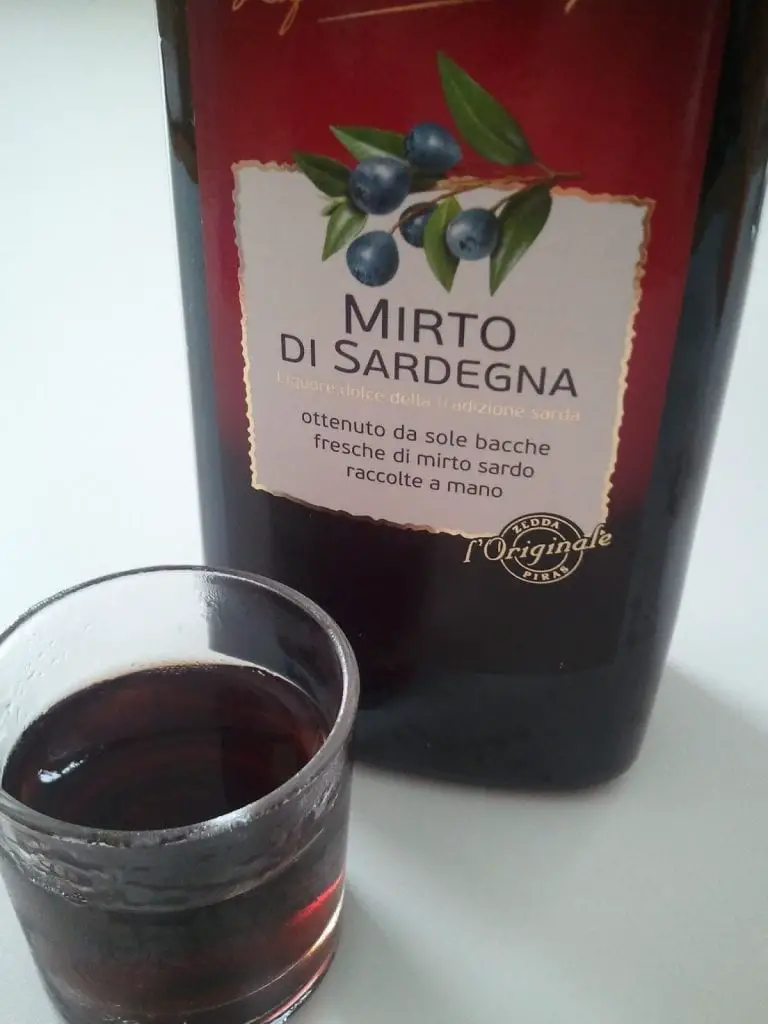 Myrtle is characterized by a fruity flavor, it is strong, but smooth and balanced, with strong notes that evoke the local landscape and aniseed. Although it used to be used for the preparation of desserts, nowadays it is consumed as an ideal digestive after a heavy meal served in a very cold glass.
Myrtle is characterized by a fruity flavor, it is strong, but smooth and balanced, with strong notes that evoke the local landscape and aniseed. Although it used to be used for the preparation of desserts, nowadays it is consumed as an ideal digestive after a heavy meal served in a very cold glass.
Grappa
Grappa is nowadays one of the most appreciated digestives in the world. It is made from the distillate of the remains of the grape once it has been squeezed, which has made it become a sophisticated product of great quality that is always present after a good Italian meal. 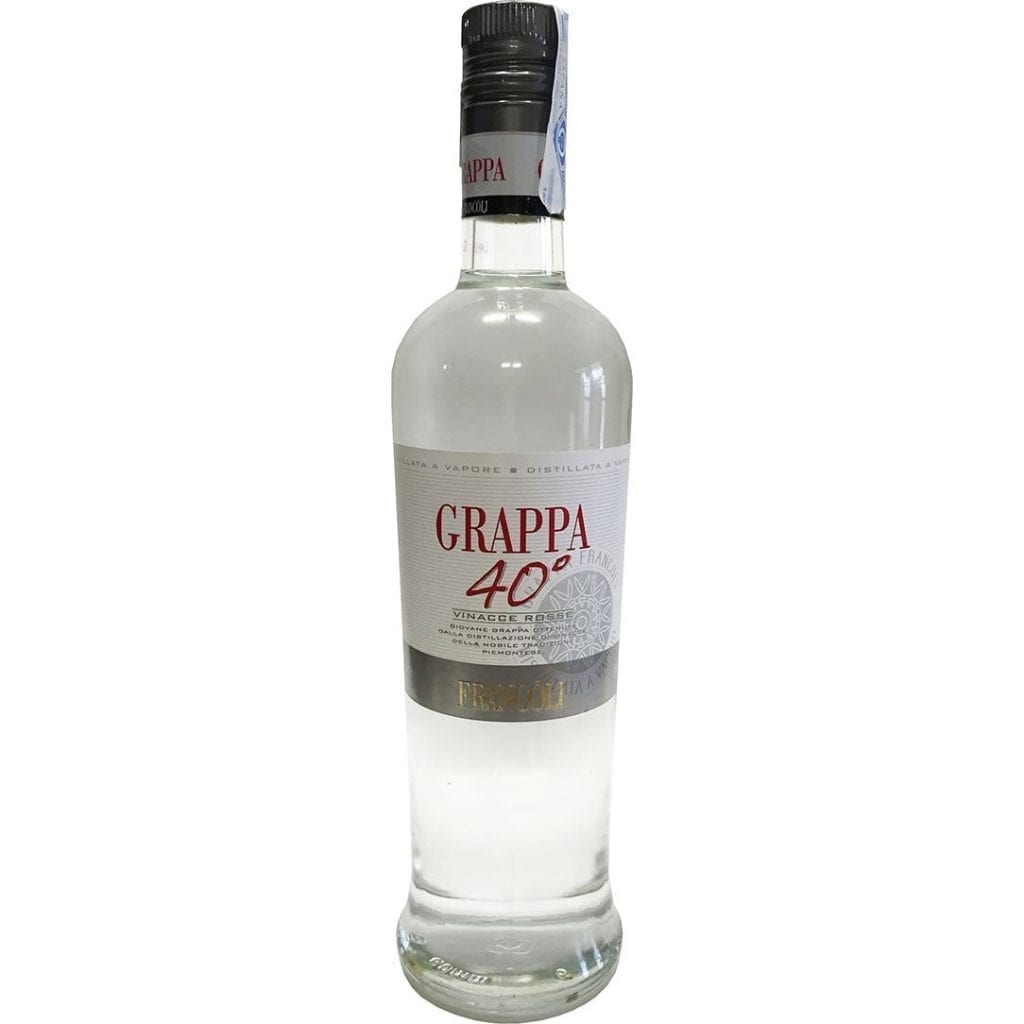 As it is made from grapes, grappa can vary in flavor and aromas depending on the quality, taste, condition and type of grape variety used, so as in the case of wines, we can find different varieties of grappa. It is usually transparent in color, crystalline, with a strong fruity aroma and an alcohol content that can vary between 40% and 50%. Being a drink with high alcohol content, Italians usually drink it with coffee, or in small shots after a good meal.
As it is made from grapes, grappa can vary in flavor and aromas depending on the quality, taste, condition and type of grape variety used, so as in the case of wines, we can find different varieties of grappa. It is usually transparent in color, crystalline, with a strong fruity aroma and an alcohol content that can vary between 40% and 50%. Being a drink with high alcohol content, Italians usually drink it with coffee, or in small shots after a good meal.
Sambuca
The sambuca is one of the Italian liqueurs that are usually digestive, it is an exquisite elixir originating from the Lazio region characterized by its aniseed flavor, which comes from being made with white elder flowers. 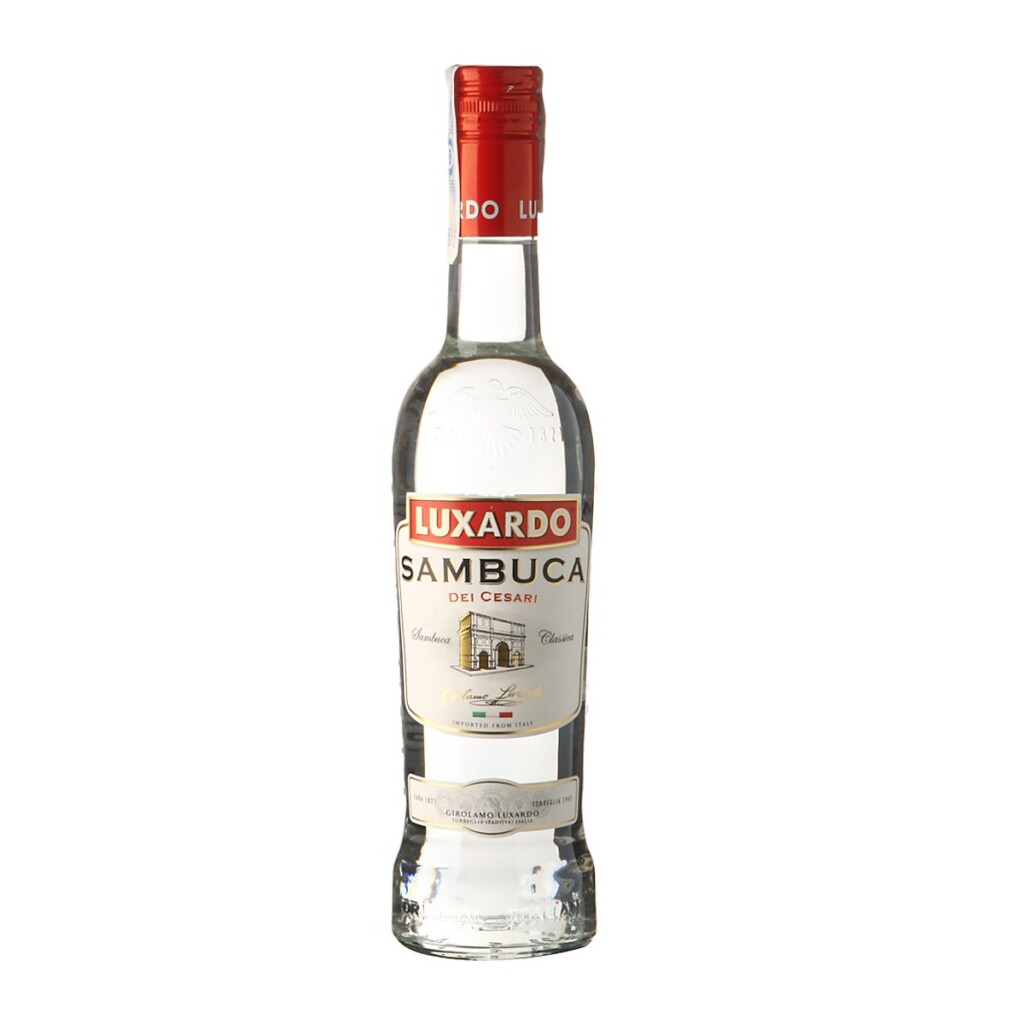 With a strong flavor but with sweet nuances, sambuca is usually served after meals as it facilitates digestion, so it can be drunk on its own or with water, although some people prefer it flambéed with coffee beans Sambuca is a transparent liqueur that is usually one of the great favorites of all those who want to rest after a good meal.
With a strong flavor but with sweet nuances, sambuca is usually served after meals as it facilitates digestion, so it can be drunk on its own or with water, although some people prefer it flambéed with coffee beans Sambuca is a transparent liqueur that is usually one of the great favorites of all those who want to rest after a good meal.
Liquirizia liqueur
The liquirizia liqueur is typical of the Calabria region, and it is made with nothing more and nothing less than the licorice root, which gives it its name. 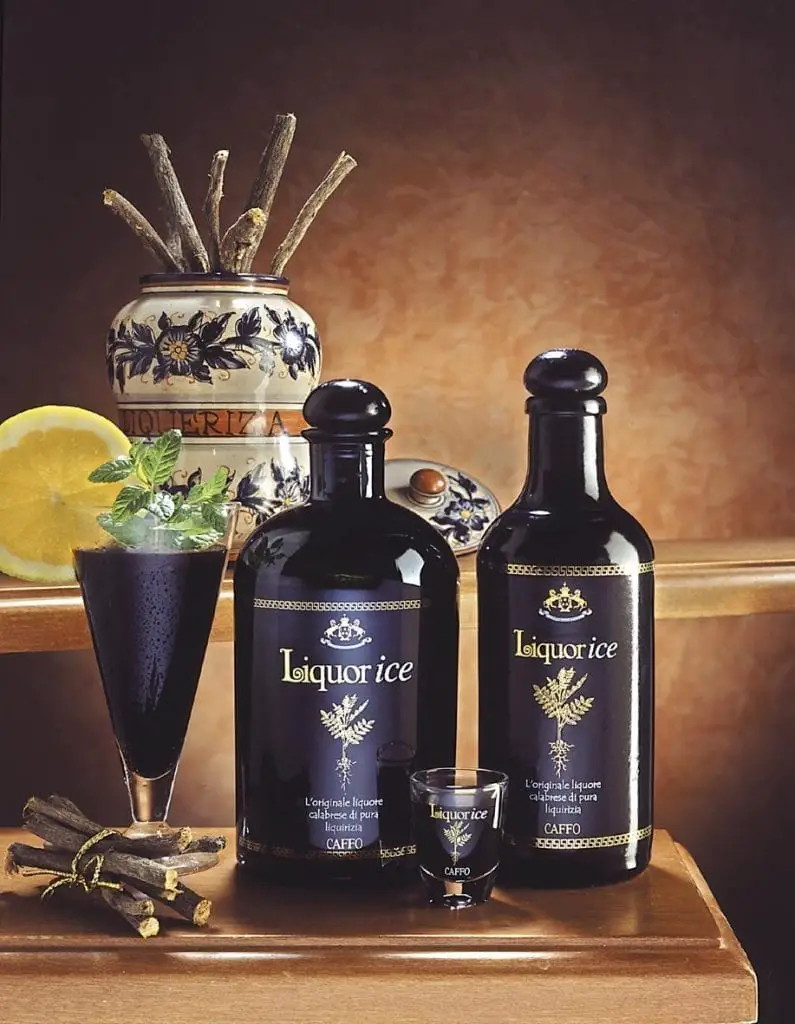 It is characterized by a dark color and a strong flavor, and although it is not very easy to find, it usually accompanies those who are looking for something strong to digest their meals. In addition to being a great digestive, it is also a natural detoxifier. It is usually drunk cold with mint leaves or tangerine cream, it is also common to accompany ice cream, chocolate, orange or lemon mousses.
It is characterized by a dark color and a strong flavor, and although it is not very easy to find, it usually accompanies those who are looking for something strong to digest their meals. In addition to being a great digestive, it is also a natural detoxifier. It is usually drunk cold with mint leaves or tangerine cream, it is also common to accompany ice cream, chocolate, orange or lemon mousses.

